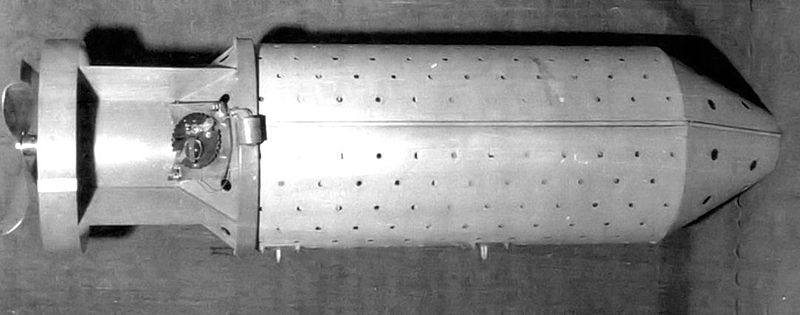In 1942, after having finally entered WWII, the United States Marine Corp spent two million dollars on an insane new initiative. The mission? Strap napalm bombs to bats, and send them flying on deadly kamikaze runs. Seriously.
Holiday Inspiration
While most Americans spent the days following December 7, 1941 — the day of Japan’s infamous attack on Pearl Harbor — confused, angry, and afraid, dentist Lytle S. James decided to be inspired.
At the time of the attack, James was on a trip to famed bat-haven Carlsbad Caverns. Eager to do his part for his country, he took note of the ferocious fliers who ruled the the caves and suggested what seemed at the time to be a perfectly sensible retaliation plan: making unsuspecting patriots out of bomb-toting bats.
If it had been anyone else’s idea, this bizarre, PETA-angering, military absurdity would have died on the vine. But Lytle P. James had something other crackpots of his era could only dream of. He had the ear of First Lady Eleanor Roosevelt.
This Man Is Not a Nut
The concept itself is outlandish enough in its own right, but the truly bizarre part is that the National Research defence Committee decided to take the idea and run with it. Renowned psychologist Donald Griffin, who had worked extensively on bats’ system of echolocation, even helped overlook the trial as one of its biggest supporters, claiming in 1942:
This proposal seems bizarre and visionary at first glance, but extensive experience with experimental biology convinces the writer that if executed competently it would have every chance of success.
This was, apparently, enough to get President Franklin Delano Roosevelt on board, as a Presidential memorandum eventually went out stating:
This man is not a nut. It sounds like a perfectly wild idea but is worth looking into.
Ultimately known as Project X-Ray, the plan used Mexican free-tailed bats, which were kept calm during travel by jamming them into ice cube trays to be cooled down and forced into hibernation.
When it came time to release the (what would be thousands of) bats, a cardboard trap was supposed to spring open and send the napalm-loaded creatures deep into enemy lines. Ideally, the bats would roost in hard-to-reach places, set them on fire, and avenge the nation in the process. Unfortunately, things didn’t go quite according to plan.

Trial and Horrible Error
During a test run of just six of the flying bombers, the bats unexpectedly took off a little too early and headed not for their target, but straight for the barracks. The good news: the bombs were highly effective. The bad news: again, the bombs were highly effective. The barracks quickly burst into flames — along with the general’s car.
As Robert M. Neer notes in his new book, Napalm: An American Biography, “Flames… jumped from building to building. Many structures lay in ashes.” It could barely have been more catastrophic.
Apparently, in an effort to maintain the secrecy of their secret weapon, research team leader Louis Fieser and his team of scientists had chosen to forego fire equipment. Not the best idea where kamikaze bomb bats are concerned. Or as Fieser casually put it, “We made a little mistake out there.”
So fortunately for animal lovers and opponents of uncontrollable bomb-toting animals everywhere, this particular military mistake ended nearly as soon as it began. But not before going down as one of the most absurd military experiments in our nation’s history. [Wikipedia, Smithsonian]
